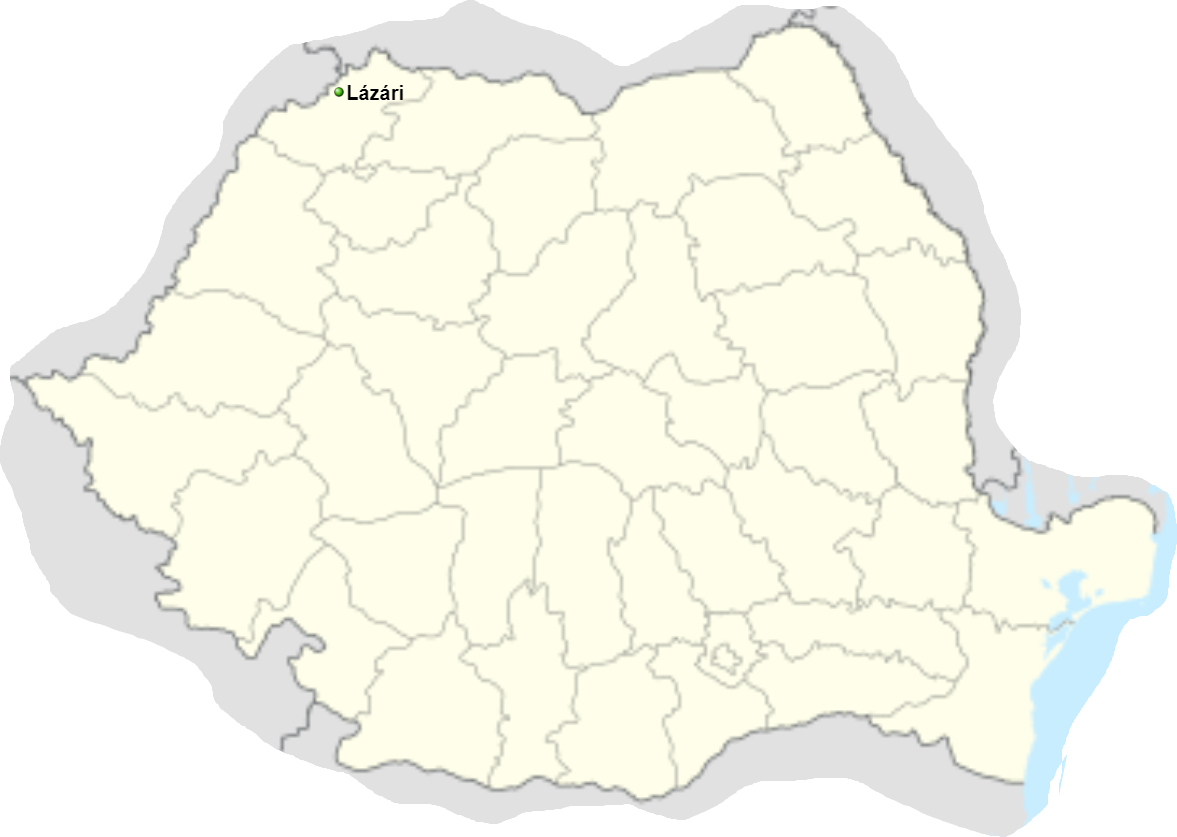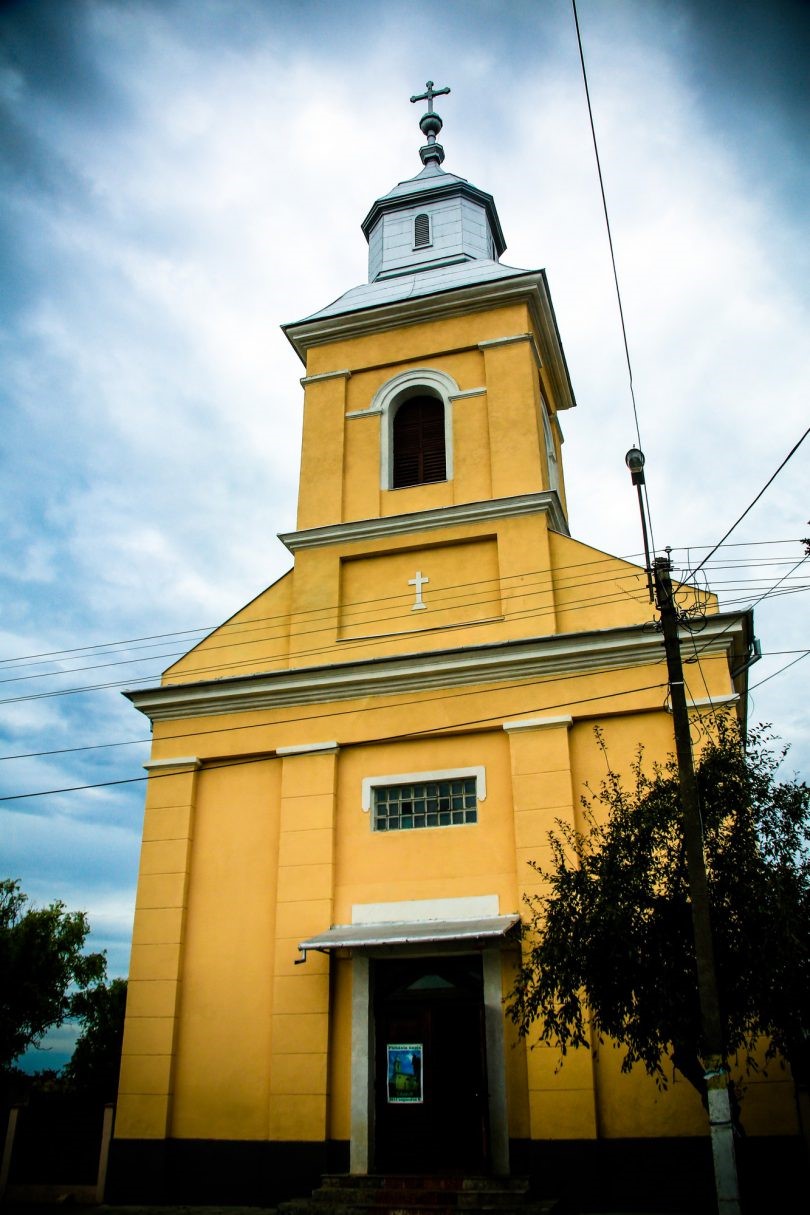Lazuri (in Hungarian: Lázári, in German: Neuschlag) is a commune in Satu Mare County, Transylvania, Romania, consisting of the villages of Bercu, Lazuri (residence), Nisipeni, Noroieni, Peleș and Pelișor.
It was a settlement that already existed in the Árpád era, which was destroyed during the Tatar invasion. It got its name from the nobleman Lázár, who repopulated the village in 1245. In 1332, his name was written “Lazaar, Lazar”.
In 1459 the Csaholyas are also mentioned, who assume their Parlagian part. In 1493, the Szepessy family was incorporated.
In the 13th century, the Káta family was owned by the Lázári branches, and later their descendants, the Lázáry, Vasváry, Csarnavoday, Surányi families owned it. After that, several families acquire properties in it. In 1527, King János Zapolya donated Lázári to the neighboring town of Németi.In 1593, the name of Farkas Bükk from Felsőpulyai is also mentioned as a part owner.
Later, in 1625, it was owned by János Lónyai. In 1696, it belonged to the castle of Satu Mare. At the end of the 17th century, in 1684, part of the village was also owned by the principal lord of Satu Mare county, László Károlyi. Later, the Eötvös, Nagy and Lengyel families were the most important owners. In the 18th century, the Eötvös, Nagy, Daróczy, Szerdahelyi and Becsky families owned the area. At the beginning of the 20th century, the landowner Béla Nagy owned the largest area of land, whose manor house still exists in the village today. Along with him, Endre Lengyel and Alajos Lengyel also owned this land.



